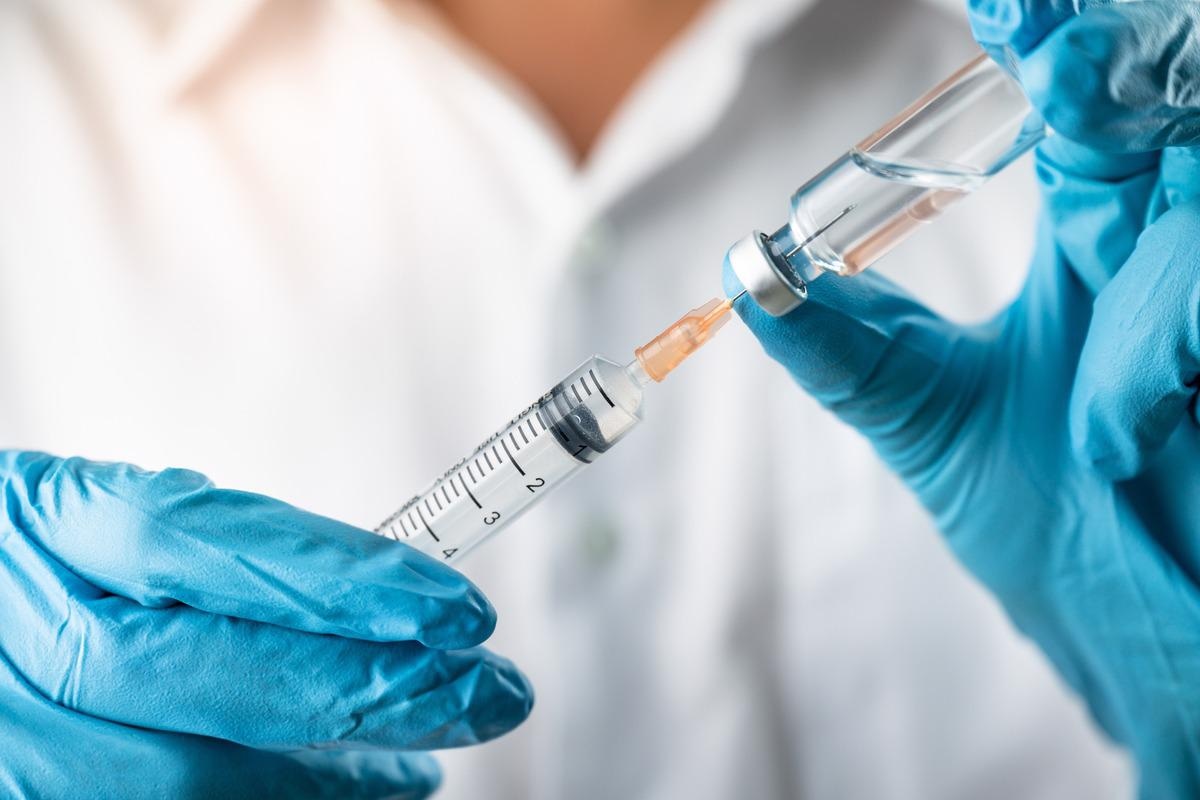
In a recent study posted to the bioRxiv* pre-print server, researchers tested the bivalent, trivalent, and tetravalent formulations of Newcastle disease virus (NDV)-based low-cost vaccine in mice.

Background
Despite the unprecedented speed of coronavirus disease 2019 (COVID-19) vaccine development, the proportion of the fully vaccinated population lingers at around 64.4% of the global population as of 29 March 2022. These figures hint at inequitable access to vaccines and the need to develop low-cost vaccines to limit the global impact of the severe acute respiratory syndrome coronavirus 2 (SARS-CoV-2)-induced pandemic, especially in low- and middle-income countries (LMICs).
In one of their previous works, the researchers had developed an NDV-based vaccine termed NDV-HexaPro (HXP)-S expressing the prefusion stabilized spike (S) protein of SARS-CoV-2. For the current study, they improvised their invention to create a variant vaccine expressing the S of SARS-CoV-2 variants of concern (VOCs) – Beta (B.1.351), Gamma (P.1), and Delta (B.1.617.2).
Notably, large-scale production of NDV-HXP-S at a low cost is possible in embryonated chicken eggs. Its live vaccine form is currently under clinical trials in the United States of America (USA) and Mexico; likewise, the inactivated vaccine version is under clinical testing in Vietnam, Thailand, and Brazil. Interim results from the Phase I/II clinical trials have demonstrated it as safe and immunogenic.
About the study
In the present study, researchers used reverse genetics to rescue NDV-HXP-S variant vaccines from mammalian cell cultures and amplified them in specific-pathogen-free (SPF) embryonated chicken eggs.
They inserted the HXP-S nucleotide sequence between the phosphoprotein (P) and matrix (M) genes of the NDV genome to make the prefusion conformation (S0) and codon-optimized it for mammalian host expression. The S mutations involved the removal of the polybasic cleavage site (682RRAR685) and replacement of the transmembrane domain (TM) and cytoplasmic tail (CT) of the S with the fusion (F) protein of La Sota NDV. In particular, they introduced the HXP mutations in the S2 region to improve stability.
To evaluate the presence of all NDV-HXP-S proteins, the research team first produced research-grade beta-propiolactone (BPL) inactivated NDV-HXP-S variant vaccine preparations. They harvested these variant vaccines from the allantoic fluid through a sucrose cushion to examine them over a sodium dodecyl–sulfate-polyacrylamide gel (SDS–PAGE), where they showed an extra band between 160 kDa and 260 kDa, corresponding to the size of uncleaved S or S0.
They tested the in vivo immunogenicity of the new NDV-HXP-S Beta and Gamma vaccines in BALB/c mice. The team administered two doses of vaccine intramuscularly at a three-week interval. Then, they transduced mice with human adenovirus 5 expressing human angiotensin-converting enzyme 2 (Ad5-hACE2) intranasally (i.n.). Five days later, they challenged mice with SARS-CoV-2 viruses, including three VOCs, Beta, Gamma, and Delta, i.n. The negative control group comprised mice vaccinated with wild-type NDV.
Lastly, the researchers used plaque assays to quantify the viral titers in the lung homogenates of test animals two days after the viral challenge.
Study findings
Compared to the controls, the homologous challenge using monovalent vaccination regimens with Wuhan, Gamma, and Beta NDV-HXP-S vaccines reduced lung viral titers in mice by 2,237-, 285-, and 2,015-folds, respectively. Similarly, compared to the negative control, the heterologous challenge with Wuhan NDV-HXP-S versus Beta and Gamma challenge reduced viral titers by 51- and 120-fold, respectively.
Notably, the current vaccine constructs induced low cross-reactive antibody levels against the Delta S in all three vaccination groups, whereas Beta and Gamma S-specific antibody titers were similar in all three vaccination regimens.
Based on phylogeny, Wuhan, Beta, Gamma, and Delta are distinct from each other. Therefore, only a multivalent vaccine can induce cross-reactive antibodies targeting some of their conserved epitopes. Similarly, one variant may induce more cross-neutralizing antibodies than the other.
Although tri- and tetravalent formulations presented synergistic responses to the unmatched Mu VOC in mice, there was no additional advantage of the tetravalent formulation during the in vivo challenge in mice. Hence, the observed lower immunogenicity of the Gamma vaccine upon dose reduction from 0.33 µg to 0.25 µg per variant.
Conclusions
Overall, the NDV-HXP-S vaccine candidate was safe and immunogenic, as observed in several preclinical and clinical studies. The present study findings demonstrated that its trivalent formulation, composed of the ancestral Wuhan, Delta, and Beta NDV-HXP-S variants, induced substantially high levels of cross-neutralizing antibodies against the phylogenetically distant SARS-CoV-2 variants, including Omicron. Another favorable aspect is that it could be manufactured at a large scale using the egg-based influenza virus vaccine facilities at a low cost.
*Important notice
bioRxiv publishes preliminary scientific reports that are not peer-reviewed and, therefore, should not be regarded as conclusive, guide clinical practice/health-related behavior, or treated as established information.
- Irene González-Domínguez, et al. (2022). Trivalent NDV-HXP-S vaccine protects against phylogenetically distant SARS-CoV-2 variants of concern in mice. bioRxiv. doi: https://doi.org/10.1101/2022.03.21.485247 https://www.biorxiv.org/content/10.1101/2022.03.21.485247v1
Posted in: Medical Science News | Medical Condition News | Disease/Infection News
Tags: Adenovirus, Angiotensin, Angiotensin-Converting Enzyme 2, Antibodies, Antibody, Cell, Clinical Testing, Codon, Coronavirus, Coronavirus Disease COVID-19, covid-19, CT, Enzyme, Genes, Genetics, Genome, Homologous, in vivo, Influenza, Nucleotide, Omicron, Pandemic, Pathogen, Phylogeny, Preclinical, Protein, Research, Respiratory, SARS, SARS-CoV-2, Severe Acute Respiratory, Severe Acute Respiratory Syndrome, Syndrome, Vaccine, Virus

Written by
Neha Mathur
Neha is a digital marketing professional based in Gurugram, India. She has a Master’s degree from the University of Rajasthan with a specialization in Biotechnology in 2008. She has experience in pre-clinical research as part of her research project in The Department of Toxicology at the prestigious Central Drug Research Institute (CDRI), Lucknow, India. She also holds a certification in C++ programming.
Source: Read Full Article